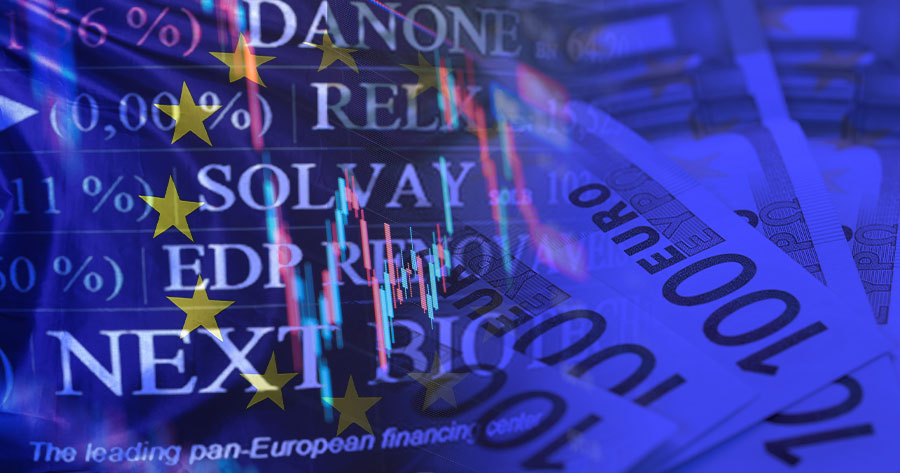After the ECB published its revised August inflation rate (YoY) at 5.2% which is the lowest since January 2022 and slightly lower than the previous preliminary reading, the European stock indices didn’t react much yesterday (19 Sep).
The ECB’s 10th consecutive rate hike to 4.5% pushed the market up by 1% during the intraday of last Friday but falling down before the market closed. Currently, Euro Stoxx 50 is still around 4,240 after falling from 4,300 on Monday, erasing the Friday gain.
The EU’s main inflation component came from 5.5% cost of service, 9.7% food, alcohol and tobacco, 4.7% non-energy industrial goods, which all has been slightly cooling down, but the recent rising of energy price might reverse all these. Even with the record high deposit rate at 4%, EU consumers are still under pressure and it’s concerning whether they can take a higher borrowing or policy rates.
The current policy rate is still lower than inflation, leaving the gap by 0.7 percentage points, which is far better than when the inflation peaked over 9% during October 2022. The ECB rate at that time was 1.25% or one-sixth the inflation and 7.75 percentage-point gap. The ECB forecast EU inflation at 5.6% for 2023 and 3.2% for 2024 which are both still far from the 2% target which align with OECD recent projection.
OECD estimated 3% growth on global GDP in 2023, 2.2% from US, 0.6% from EU and 5.1% from China. OECD projected inflation higher than most central bank objectives, which will cause a global economic slowdown especially the sharper than expected in China.
Meanwhile, the Eurozone currency the Euro (EUR) is currently trading at the lowest level since March this year at USD 1.066 per EUR, losing from its peak over USD 1.12 per EUR in early July. EUR reached an all-time high at USD 1.5 per EUR in 2007 and a record low at USD 0.84 per EUR in 2001.





